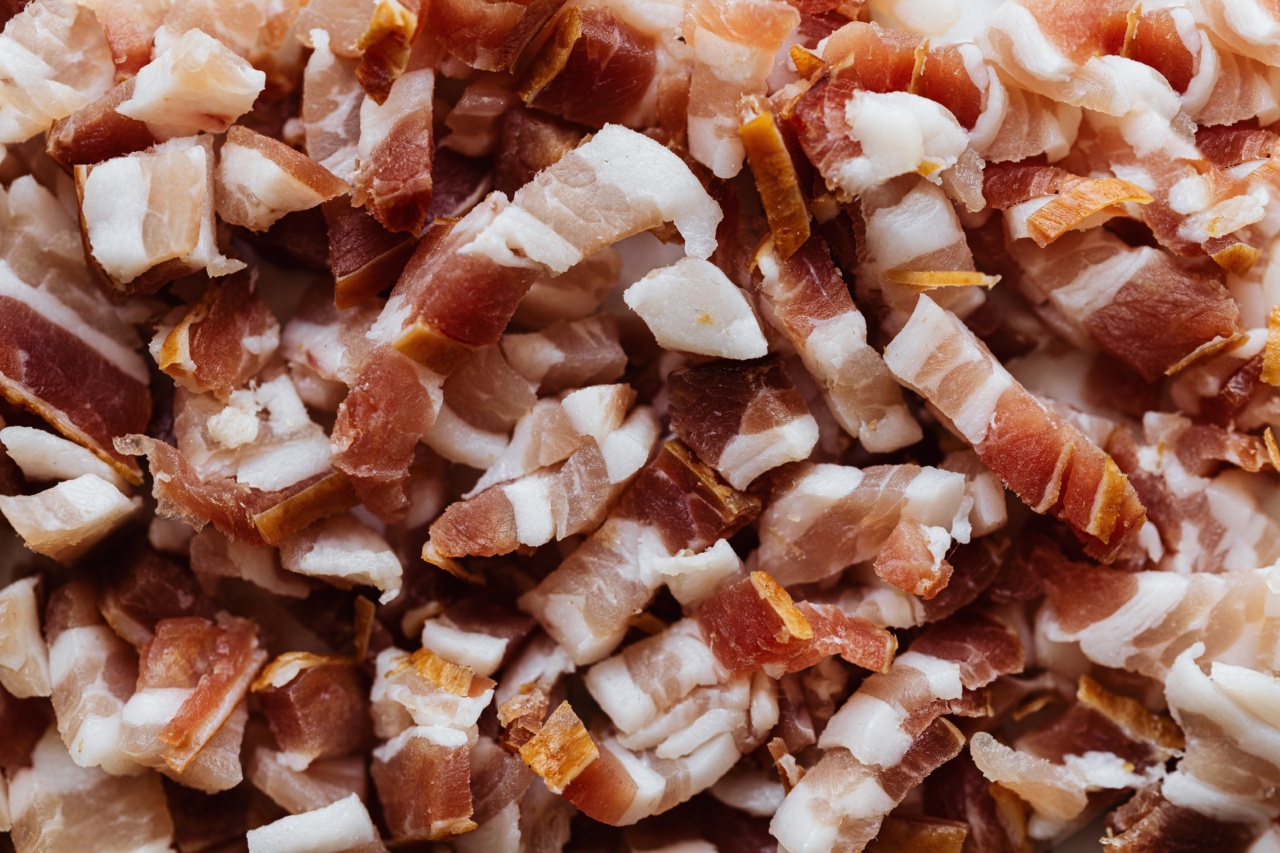Do you struggle with controlling your appetite? Are you constantly snacking and unable to curb your cravings? Well, fret not! We have the ultimate solution for you – the appetite-quelling cut.
In this article, we will explore how a simple dietary modification can help reduce your hunger pangs and keep you feeling satisfied throughout the day.
Unveiling the Science behind Hunger
Before we dive into the appetite-quelling cut, let’s first understand why we experience hunger in the first place. Hunger is a physiological response triggered by various factors, including biological, psychological, and social cues.
When our bodies require nourishment, our brain releases hunger hormones like ghrelin, signaling us to eat.
However, sometimes our hunger signals can go haywire, leading to overeating or constant snacking. This can be influenced by factors like stress, emotional eating, or an improper diet. This is where the appetite-quelling cut comes to the rescue.
What is the Appetite-Quelling Cut?
The appetite-quelling cut is not a fad diet or a weight-loss gimmick. It is a simple dietary technique that focuses on enhancing satiety and reducing hunger.
The key principle behind this approach is to incorporate specific foods that keep you feeling fuller for longer.
But what are these magical hunger-fighting foods, you ask? Let’s find out!.
Incorporating Fiber-Rich Foods
Fiber is a crucial component of a hunger-fighting diet. It adds bulk to your meals, slows down digestion, and promotes feelings of fullness.
By incorporating fiber-rich foods into your daily meals, you can effectively curb your appetite and avoid unnecessary snacking.
Here are some fantastic fiber-rich foods to include in your appetite-quelling cut:.
1. Whole Grains
Swap refined grains like white bread and pasta with whole grain alternatives such as quinoa, brown rice, and whole wheat bread. These whole grains are not only rich in fiber but also packed with essential nutrients.
2. Fruits and Vegetables
Fruits and vegetables are not only low in calories but also high in fiber. Incorporate a variety of colorful fruits and vegetables in your meals to boost satiety and reduce the need for frequent snacking.
3. Legumes
Legumes, like lentils, chickpeas, and beans, are excellent sources of fiber and plant-based protein. Including legumes in your meals not only keeps you feeling full but also provides a wide array of other health benefits.
4. Nuts and Seeds
Snack on a handful of nuts and seeds to keep hunger at bay. These nutrient-dense foods are packed with fiber, healthy fats, and protein, which are essential for controlling your appetite.
5. Chia Seeds
Chia seeds are a fantastic source of fiber that can absorb water and expand in your stomach, promoting a feeling of fullness. Add them to your smoothies, yogurt, or oatmeal for an extra fiber boost.
The Role of Protein
In addition to fiber, protein plays a crucial role in curbing your appetite. Protein takes longer to digest compared to carbohydrates, keeping you satisfied for an extended period.
Including protein-rich foods in your appetite-quelling cut can help you control your cravings and promote weight management.
Here are some protein-rich foods to consider:.
1. Lean Meats
Lean meats like chicken breast, turkey, and lean cuts of beef are excellent sources of high-quality protein. They not only help in keeping you feeling full but also provide essential amino acids required by the body.
2. Fish and Seafood
Fish and seafood, such as salmon, tuna, and shrimp, are not only rich in protein but also packed with heart-healthy omega-3 fatty acids. These omega-3 fatty acids provide numerous health benefits and contribute to satiety.
3. Greek Yogurt
Greek yogurt is thicker and creamier than regular yogurt, making it a satisfying snack option. It is packed with protein and also contains probiotics, which promote gut health.
4. Plant-Based Protein Sources
If you follow a vegetarian or vegan diet, you can still get ample protein from plant-based sources. Foods such as tofu, tempeh, lentils, and quinoa are excellent alternatives to animal-based protein.
Additional Tips for the Appetite-Quelling Cut
While incorporating fiber-rich and protein-rich foods is vital for appetite control, there are a few additional tips you can follow to optimize the effectiveness of the appetite-quelling cut:.
1. Stay Hydrated
Often, thirst can be mistaken for hunger. Make sure to drink an adequate amount of water throughout the day to stay hydrated and avoid unnecessary snacking.
2. Mindful Eating
Practice mindful eating by paying attention to your body’s hunger and fullness cues. Slow down while eating, savor your food, and listen to your body’s signals to prevent overeating.
3. Get Enough Sleep
Studies have shown that lack of sleep can disrupt hunger hormone regulation. Aim for seven to eight hours of quality sleep each night to support healthy appetite control.
4. Manage Stress Levels
Emotional eating is a common cause of overeating. Find healthy ways to manage stress, such as exercise, meditation, or hobbies, to prevent stress-induced snacking.
Conclusion
The appetite-quelling cut is a simple yet powerful way to control your cravings and foster a healthier relationship with food.
By incorporating fiber-rich and protein-rich foods into your diet and following the additional tips provided, you can successfully curb your appetite and achieve your health and wellness goals.






























